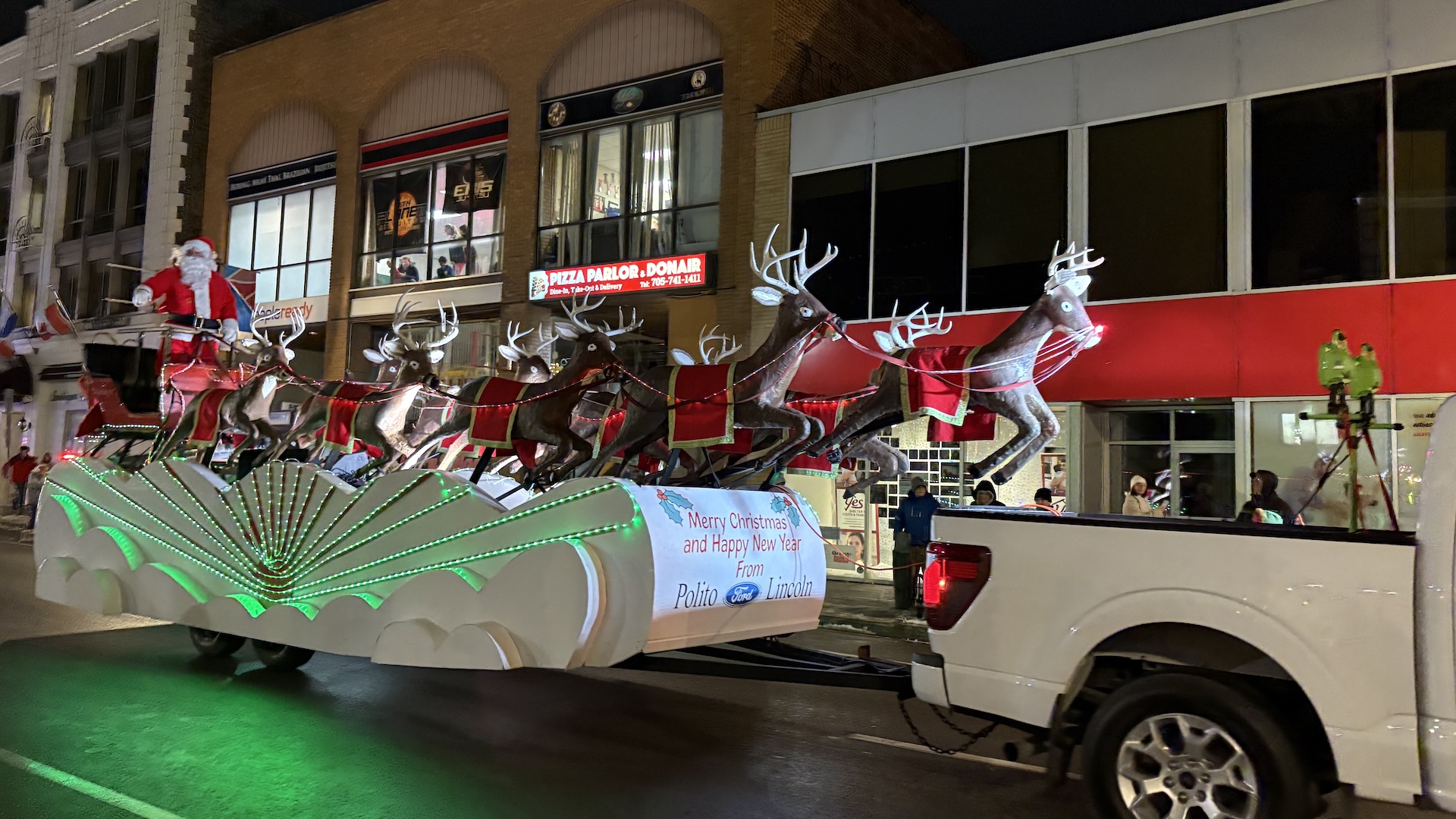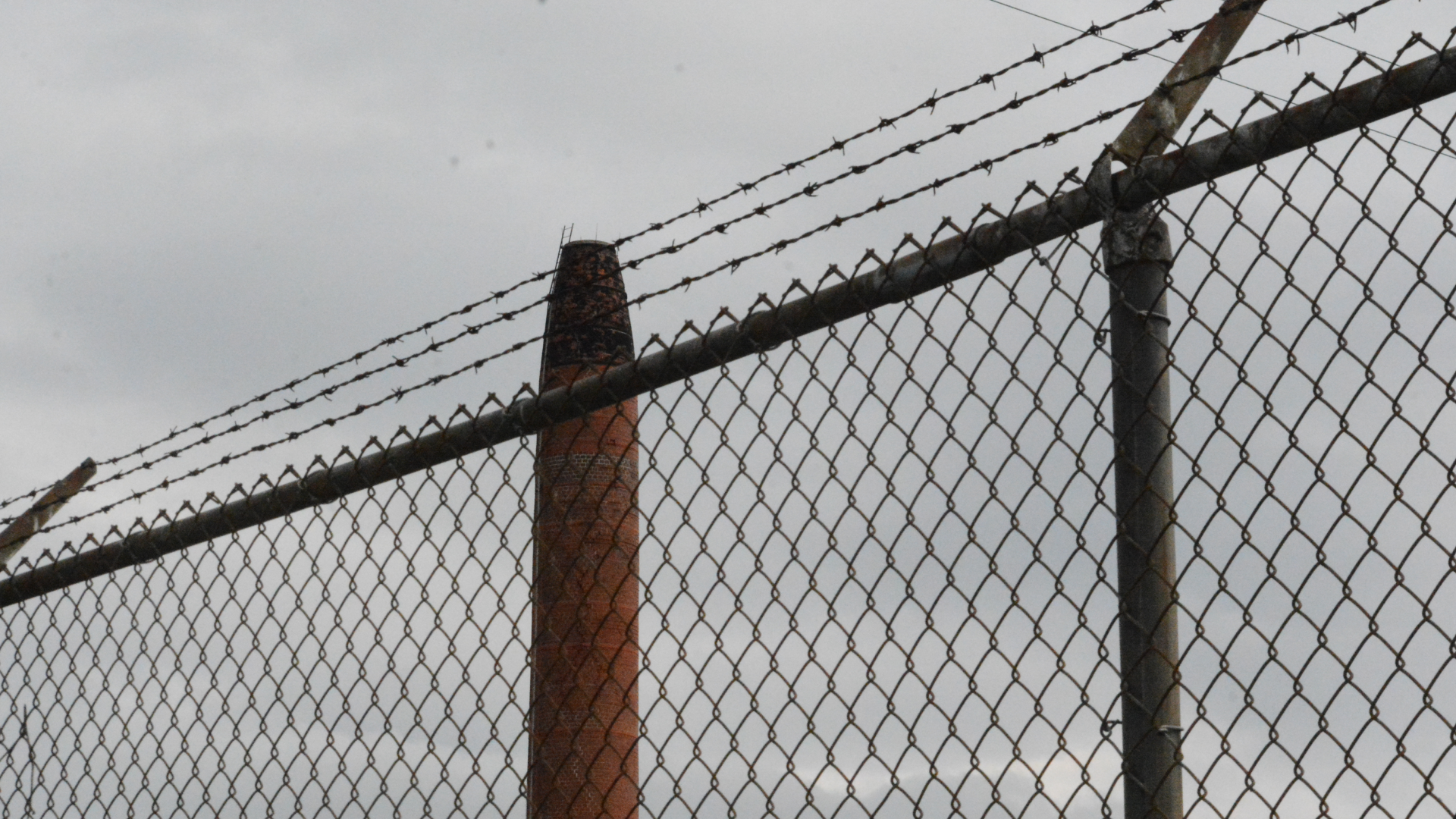The Canadian Canoe museum is undergoing a revamp. It was announced recently that heneghan peng architects and Kearns Mancini Architects won the international competition to build the new $45 million Canoe museum, having beaten 95 other submissions.
The successful design is a serpentine glass pavilion, topped with a two-acre rooftop garden. The museum’s press release described how the design “presents a Canadian game changer that organically and boldly curves out from the drumlins beside the Trent-Severn waterway […] the museum embraces aboriginal wisdom to live and build lightly on the land.”
With this aim of leaving as little a footprint on the land as possible, the museum is designed to have lower operating and energy costs. The press release notes that the jury were impressed by the design’s intelligence on sustainability. As well as only exposing its east and south glass walls to the “elements”, geothermal heating and cooling system will reduce energy consumption and costs, a big plus in today’s day and age.
Currently on Monaghan Road, the new museum will be at the site of the Peterborough Lift Lock. The design is to house the largest collection of canoes and kayaks in the world, with an internal area of 80,000 square feet.
Bretton Clark, guide and operator for the Land Canadian Adventures (and all around nice guy), said that “the new location and design represents the opposite of the current home of the Canoe Museum. It certainly keeps a low profile, [and] it seems to represent a commitment to live and build gently.”
Importantly, the flexible floor plate means that the building can evolve and work with the land, rather than be imposed upon it, so the museum can also adapt to changing expectations over time.
The Selection Committee said, “The heneghan peng/ Kearns Mancini submission stood apart from the other submissions as the design works organically with the land rather than overwhelming it.”
The positioning of the museum will also allow its aboriginal artefacts and birch bark canoes the dark spaces that they require for their preservation, without creating this artificially.
The committee responsible for choosing the architects included Chief Williams of Curve Lake First Nation, as well as museum staff members, local business leaders, and Parks Canada representatives.
The committee chair was Lisa Rochon. Formerly an acclaimed critic for Globe and Mail, Rochon is now Senior Fellow at Global Cities Institute at University of Toronto.
The museum was founded in 1997, established on a collection of the late Professor Kirk Wipper. With 100 canoes on display, it can also count 600 “canoes, kayaks, and paddled watercraft” among its holdings.
Not only is the volume of canoes impressive, but the scope and range, too. The museum’s website notes that “artefacts range from the great dugouts of the First Nations of the Pacific Northwest to the singular bark canoes of the Beothuk of Newfoundland.”
It does not just stop with Canada, though. Over time, the museum has accrued watercraft “from as far away as Paraguay and the Amazon,” helping the museum to expand its international scope.
The Canoe museum spawned from a 1950s narrative called “join the collector,” referring to museum founder Kirk Wipper accumulate a representative collection of canoes.
As the century went on, the collection found home at Camp Kandalore, before Wipper sold the camp to look for a new home for the collection.
After buying Outboard Marine Corporation’s office and factory on Monaghan Road, Wipper was able to properly form the Canadian Canoe Museum.
In moving to the water, the museum now has extra possibilities for engaging people with paddlecraft. Clark, who tries to visit with his family “once or twice a month,” said he “can’t wait to see what on-water programs they cook up, as well.”
This latest plan to move is another step forward for the museum as it continues to teach, respect, preserve, and celebrate Canada’s rich paddlecraft history. In building lightly on the land, the intelligence of the design and its dialogue with First Nations communities, the museum continues to embody these traits.


.png)

.jpg)





.jpg)

.jpg)








.jpg)


.png)